Features of gray alder and its cultivation

Gray alder is one of the trees that are promising enough for cultivation in gardening. But before that, you need to familiarize yourself with the description of white alder, its leaves and fruits, with the specifics of "Laciniata" and other species. It is also useful to pay attention to the family of the tree and its natural habitat, to the requirements for planting and care, and other subtleties of growing.

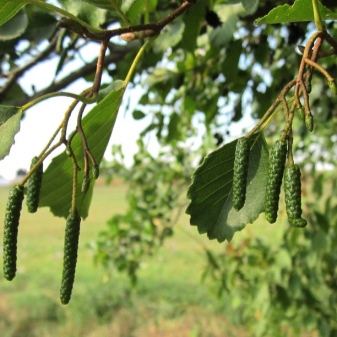
Description
Gray alder (also called white alder) is usually a tree with a trunk up to 20 m high. It can also develop in the form of a shrub. For the shrub variety, a narrowed egg-shaped crown is typical. The trunk section in this case reaches a maximum of 0.5 m. Alder usually does not develop directly upward, like other trees; longitudinal depressions and hunched areas are typical for it.
It is considered to be one of the fastest growing breeds in temperate climates. Therefore, it is spreading quite actively. The period of accelerated growth covers the first 10-15 years. In most cases, gray alder lives up to 40-60 years. Single specimens are described that have reached a century of age. The roots of gray alder are located at the surface of the earth, no deeper than 0.2 m. Therefore, the cultivation of other plants nearby, and even a dense planting of this breed itself, is not very correct.
It is important that the roots of the plant have nodule outgrowths. Therefore, the soil is enriched with atmospheric nitrogen. It is also characterized by the appearance of a mass of root suckers.

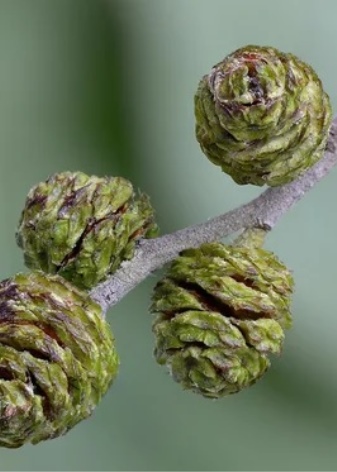
Alder bark:
- painted in light gray tone;
- maintains smoothness invariably;
- devoid of superficial crusty layer.
At the beginning of development, the shoots are painted in greenish tones. Then they turn brown or even take on a black and gray color. The stickiness is uncharacteristic for them. But on the other hand, gray fluff and felt appear. Light-colored lentils are also noted. Biologically, this species belongs to the genus Alder, which is part of the birch family. It is curious that the correct translation of the botanical name from Latin is not white or gray, but "grayish" alder.
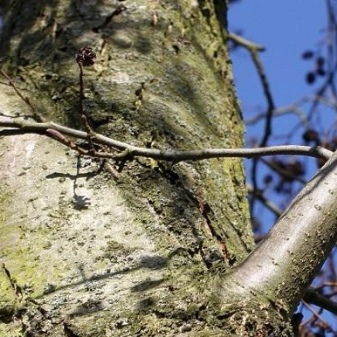
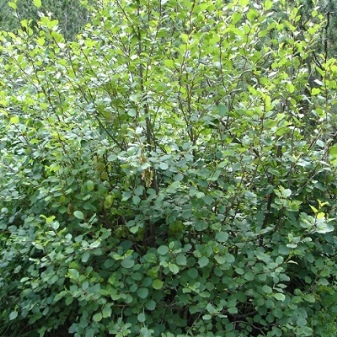
The sheet is arranged in three rows. It is also characterized by:
- oval, ovoid-round, oval-lanceolate;
- occasionally - elliptical structure;
- length from 40 to 100 mm;
- width 35-70 mm;
- acute or pointed end;
- lack of stickiness or stickiness;
- complete absence of color change in autumn (unlike most other crops of the temperate strip).
The fruit of the gray alder is an obovate nut. It is characterized by narrow membranous wings. Fruit length up to 10 mm, width 2-3 mm less. Ripening takes place inside the buds. The distribution of crumbling nuts is provided by autumn winds. The plant blooms much earlier than the foliage appears. This improves pollination and accelerates it.
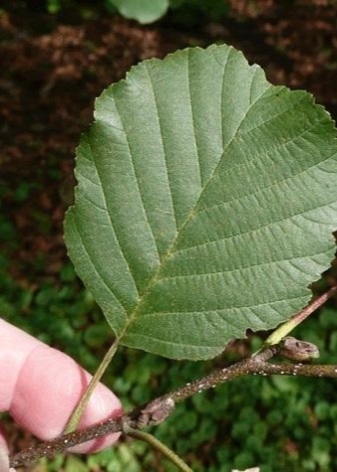
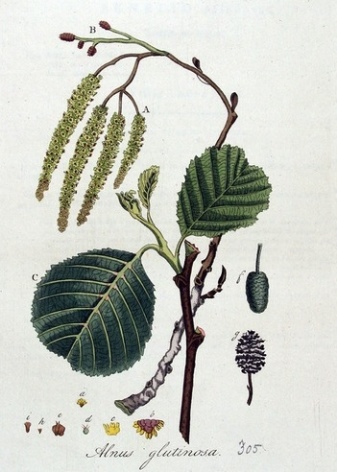
The inflorescence is a typical staminate catkin. Inflorescences are grouped in 3-5 pieces. Pistillate flowers are collected in bunches of 8-10 pieces. Gray alder is typical of the boreal forests of the northern hemisphere. It mainly inhabits the north and northeast of the European territory of Russia. But in addition to this, the range of the species also includes:
- Transcaucasian countries;
- Asia Minor territories;
- West Siberian, East Siberian plains;
- North America;
- almost all of continental Europe (with widespread distribution in northern Italy, Serbia and France).
In the north, gray alder reaches:
- Sweden;
- The Kola Peninsula;
- borders of forests and tundra;
- Kamchatka Peninsula.
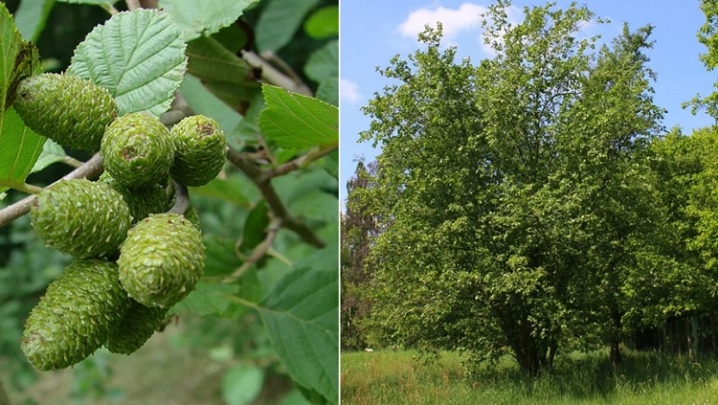
Along with clean forests, this plant is found in forest-steppe and forest-tundra, but less so. It can form algae, that is, thickets of shrubs and small forests. But such structures always contain willow and black alder as well; pure natural plantings have not been recorded. Greyhounds can appear:
- on a swampy edge;
- in a full-fledged swamp;
- near the river bank;
- in the cutting area;
- in places of burnt places;
- where they left the former arable land.
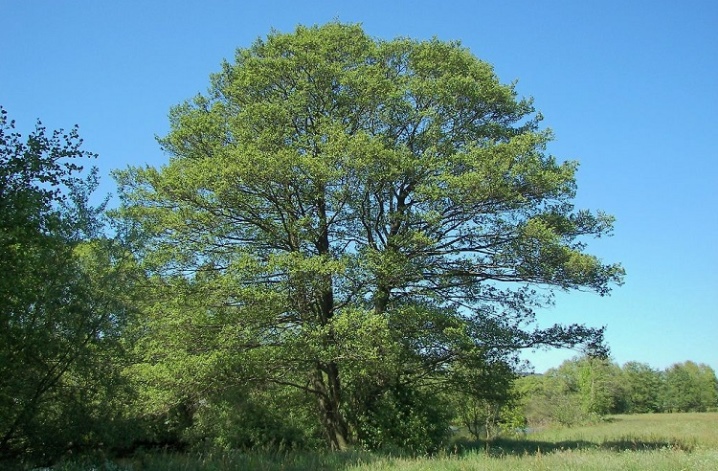
Overview of varieties
"Laciniata"
Latsiniata alder is quite popular. The plant forms an oval crown of an openwork look. It is characterized by a deep dissection of foliage. The culture is a tree with a typical height of up to 8 m.The maximum recorded height is 12 m. Notice:
- high winter hardiness;
- suitability as a tapeworm;
- the possibility of growing on normal and alkaline soil;
- the obligatory reinforced watering during dry periods.
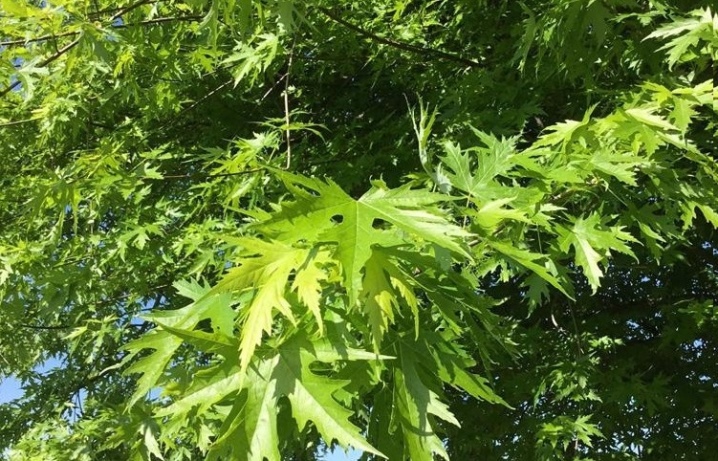
"Pendula"
The dwarf variety is not listed among the types of gray alder. But it is worth noting the subspecies "Pendula". She forms a weeping crown with hanging shoots. Plant height is maximum 6-8 m. Growth reaches 0.6 m per year.
Other important features:
- monoeciousness;
- photophilousness;
- suitability for breeding on any land;
- excellent resistance to pruning;
- responsiveness to feeding.
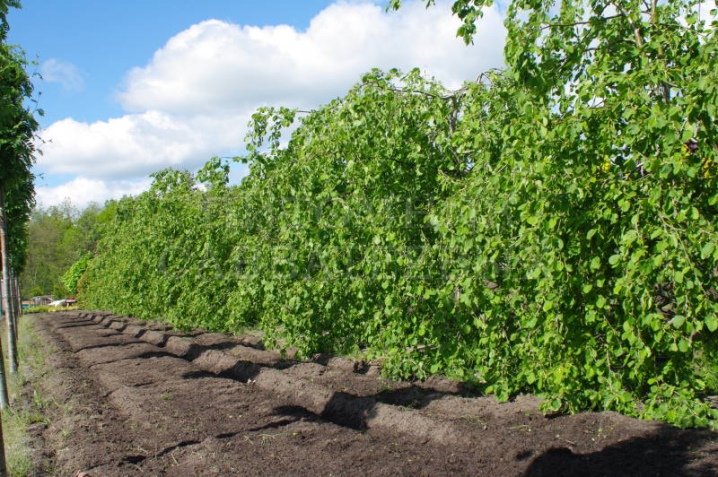
Sticky
As for the sticky alder, such a tree does not belong to the gray, but to the black type of plant. The incised-deciduous type reaches a height of 5 to 7 m. Its crown is always narrowed, it is distinguished by visual accuracy. Good reproduction is noted at the expense of seeds.
In appearance and winter hardiness, this variety is very attractive, but it is difficult to buy planting material.
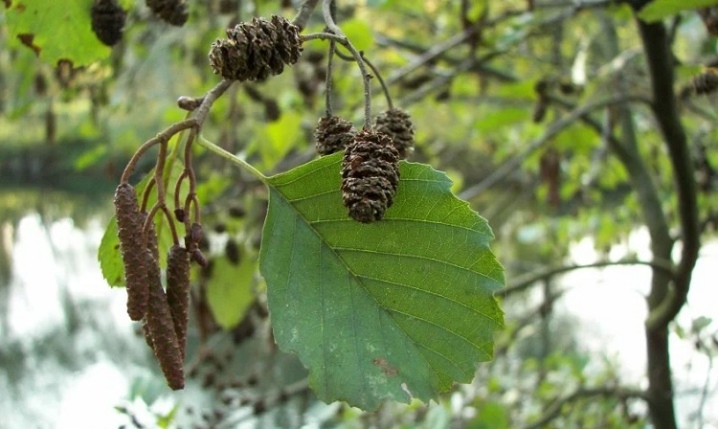
Golden
The golden subgroup of gray alder is distinguished by yellowish foliage and rich red shoots. The plant perfectly tolerates shade, but it shows its beauty only in bright light. For him, ordinary garden lands are preferable. In arboreal form, the culture can be higher than 3 m. Shrub forms - maximum 1-2 m.

Pyramidal
The pyramidal shape gives very good results. Typical for her:
- height up to 10 m;
- low crown density;
- suitability as a tapeworm, as well as in combinations with other trees and shrubs;
- dark green foliage.

Landing
Gray alder develops very quickly. It tolerates cold better than the black variety. However, at the same time, her attitude to light is stricter: strong shading can even ruin the culture. Demanding soil is much less. Gray alder can also be grown on swampy land, but still gives the best results on wet loam, including those adjacent to swamps.
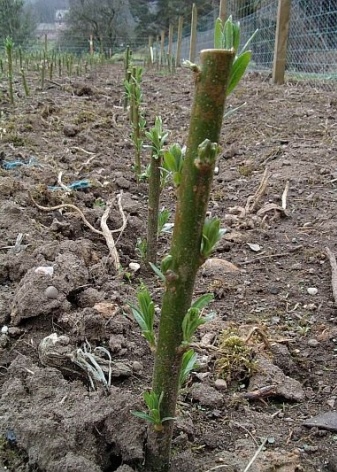
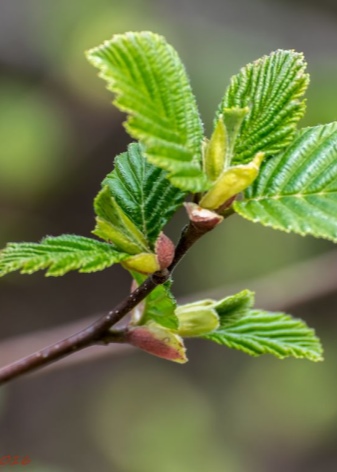
Care
Watering
In normal locations not prone to drought, special irrigation may not be required. But it is required to ensure that the land is not overdried. The criterion for proper watering is a pleasant appearance and excellent development of alder. Immediately after that, you will need to loosen the ground. Loosening is done as carefully as possible so as not to damage the surface roots; it is useful to loosen even after rain.
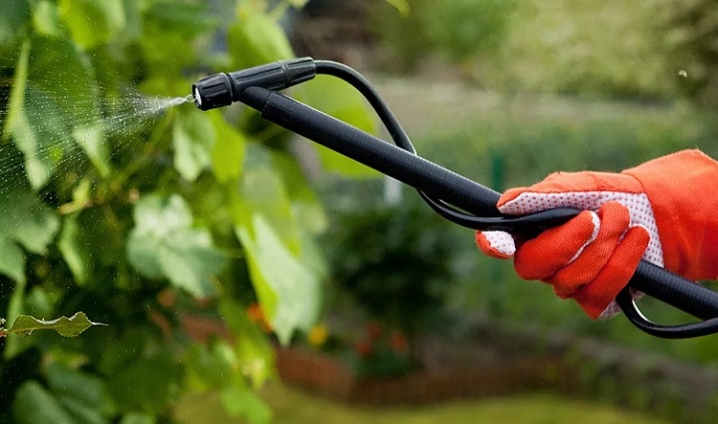
Top dressing
Special fertilization is needed in isolated cases. But still mulching of the earth is encouraged. For him use:
- crushed stone;
- peat;
- sawdust.
The largest layer of mulch is 50 mm. A thicker layout does not bring real benefit, it only decomposes for a long time. High winter hardiness is characteristic of mature trees. Young shoots will have to be carefully covered and wrapped. It is also important to choose the most cold-resistant varieties initially. Alder should be pruned regularly. This procedure dramatically reduces the likelihood of fungal attack or pest attacks. In the spring, any dry shoots are removed, and at the same time those that have been deformed over the winter.
Young shoots with problems with growth are fed with organic matter. Any other measures are needed only after consultation with experienced agronomists.
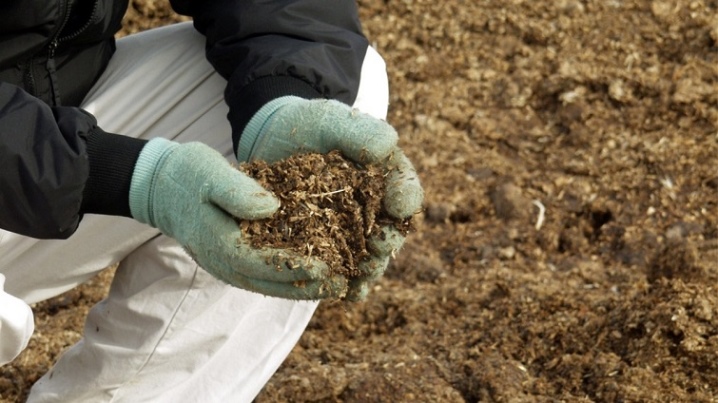
Reproduction
Most often, seeds are used for reproduction. In springtime, they can be sown directly into open ground. After that, the planting material should be slightly covered with humus. Important: High humidity should be maintained. Seedlings will have to be replanted several times.
At the same time, an optimal distance is maintained between them. The final planting of seedlings at a specific location is possible in 2 years. Shrub forms are sometimes propagated by layering or root suckers are used. In the first case, you need to wait for thorough rooting. In the second, immediate transplantation to the final site is recommended.
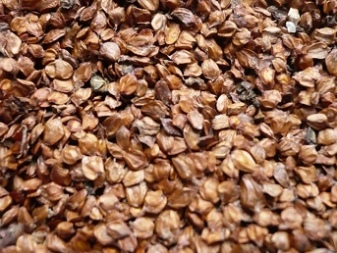
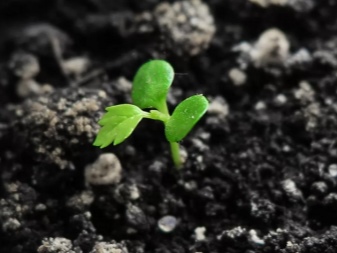
Diseases and pests
The danger can be:
- May and June beetles (in larval form);
- alder blue leaf beetle;
- bear;
- scoop;
- mouse;
- Hare;
- alder tinder fungus;
- beech crayfish;
- weevil;
- glass case;
- alder lurker.

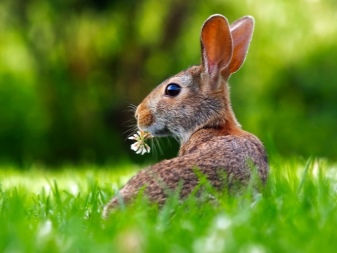
Application
Gray alder is actively used for forest reclamation purposes. With its help, in the northern parts of the forest-steppe, they fight against the erosion of river banks and ravine borders. This type gives a dense and rather soft wood. Wood raw materials have a more intense red tone than black alder. It is used for carpentry work and even for the construction of underwater structures.
Gray alder lumber hardly absorbs water vapor and atmospheric moisture. It will not crack or dry out, extreme heat or severe cold are almost not dangerous to it. Alder firewood burns well. They traditionally burn soot in pipes. Also worth noting:
- obtaining drawing coal;
- production of coal for powder production;
- packing fruit in alder chips;
- attracting bees;
- foliage feeding of sheep and goats;
- eating buds and parts of branches by black grouse, hazel grouse in winter.
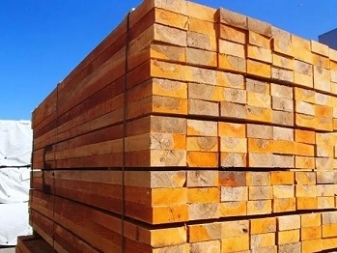
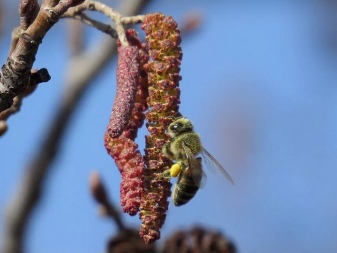
In the next video, you will be planting gray alder on the shore between the stones.



































































The comment was sent successfully.